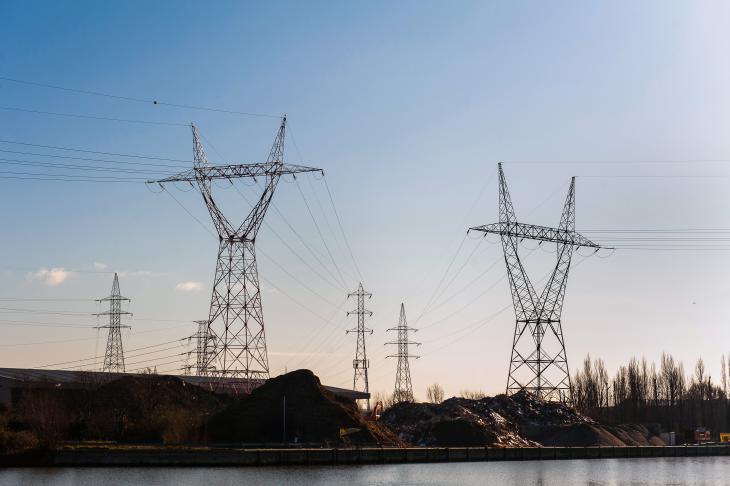Precise timing and synchronization (T&S) is crucial for many applications. It plays a vital role in the protection of critical infrastructure, ranging from energy to telecommunications. Galileo provides a unique service to the T&S user community by delivering a free, stable and very accurate time-and-frequency source that is available worldwide.
The 30 nanosecond timing provided by E-GNSS means that Europe  can offer highly accurate time, phase and frequency network synchronization with clear benefits to critical infrastructure operators, thanks to its increased robustness against spoofing and jamming and improved timing service availability. Reinhard Blasi, market development officer at GSA, the European GNSS Agency, presented some of the latest market developments at the Paris International Air Show. He outlined the main uses for T&S in the fields of telecommunications, energy and finance.
can offer highly accurate time, phase and frequency network synchronization with clear benefits to critical infrastructure operators, thanks to its increased robustness against spoofing and jamming and improved timing service availability. Reinhard Blasi, market development officer at GSA, the European GNSS Agency, presented some of the latest market developments at the Paris International Air Show. He outlined the main uses for T&S in the fields of telecommunications, energy and finance.
Accuracy and compliance important for confidence
The GNSS T&S segment is driven by the telecommunications sector, which represents around 90% of overall GNSS device shipments. By 2020, 5G is expected to be a new paradigm in the telecom industry, providing higher data rates and requiring further synchronisation accuracy. EGNSS should be able to contribute to meeting these more demanding accuracy requirements.
In the field of energy, for example, GNSS is used to provide a precise timing marker at nodal points of networks to ensure proper monitoring and protection against failure – GNSS can also improve the efficiency of the electricity supply network, detecting and reacting to local changes in usage, thereby helping to make energy grids ‘smarter’.
In financial trading, GNSS is used in trade timestamping in line with upcoming new regulatory frameworks that will require financial operators to trace and synchronise trades with financial computer systems. Accuracy and compliance with regulations are particularly important for the confidence of those using trading platforms.
Valeria Catalano, market development officer at GSA, presented the GSA and EC Timing and Synchronisation funded project: DEMETRA and ROBUST EGNSS TIMING SERVICES.
DEMETRA aimed to demonstrate the feasibility of delivering early EGNSS timing services to end users by utilising an operational demonstrator and conducting tests with pilot applications. The project developed a prototype of a European time disseminator, based on EGNSS, validating the concept of “time as a service” and adding new or improved features like time certification, redundancy, resilience, integrity, and improved accuracy.
The Robust Timing project is aimed at defining and validating the concept of a robust stand-alone timing service for Galileo as well as for EGNOS. The project will also design a synchronisation service using the precise time generated by Galileo (GST), but without using the Signal in Space for exchange of synchronisation information.
Read this: GNSS Market Report
David Comby, French inter-ministerial coordinator for GNSS programmes, said: “The issue is time; time is used for many applications and many of them are very critical. The question is how to use Galileo and EGNOS to benefit from their added value to the users, be it in the area of energy, high-frequency trading or telecommunications.”
GSA finds solutions
The issue of resilience has come under the spotlight in recent years with ‘jamming’ and ‘spoofing' attacks. GSA has found solutions in the shape of Open Service Navigation Message Authentication (OS NMA) and Commercial Service Authentication services. These services are able to detect and ward off spoofing attacks.
Galileo now offers more robust Commercial Service Authentication on the E6 signal; its public regulated service offers an encrypted and robust navigation service specifically designed to be more resistant to jamming interference and spoofing, to ensure continuity of service to authorised users, even in times of crisis.
Media note: This feature can be republished without charge provided the European GNSS Agency (GSA) is acknowledged as the source at the top or the bottom of the story. You must request permission before you use any of the photographs on the site. If you republish, we would be grateful if you could link back to the GSA website (http://www.gsa.europa.eu).